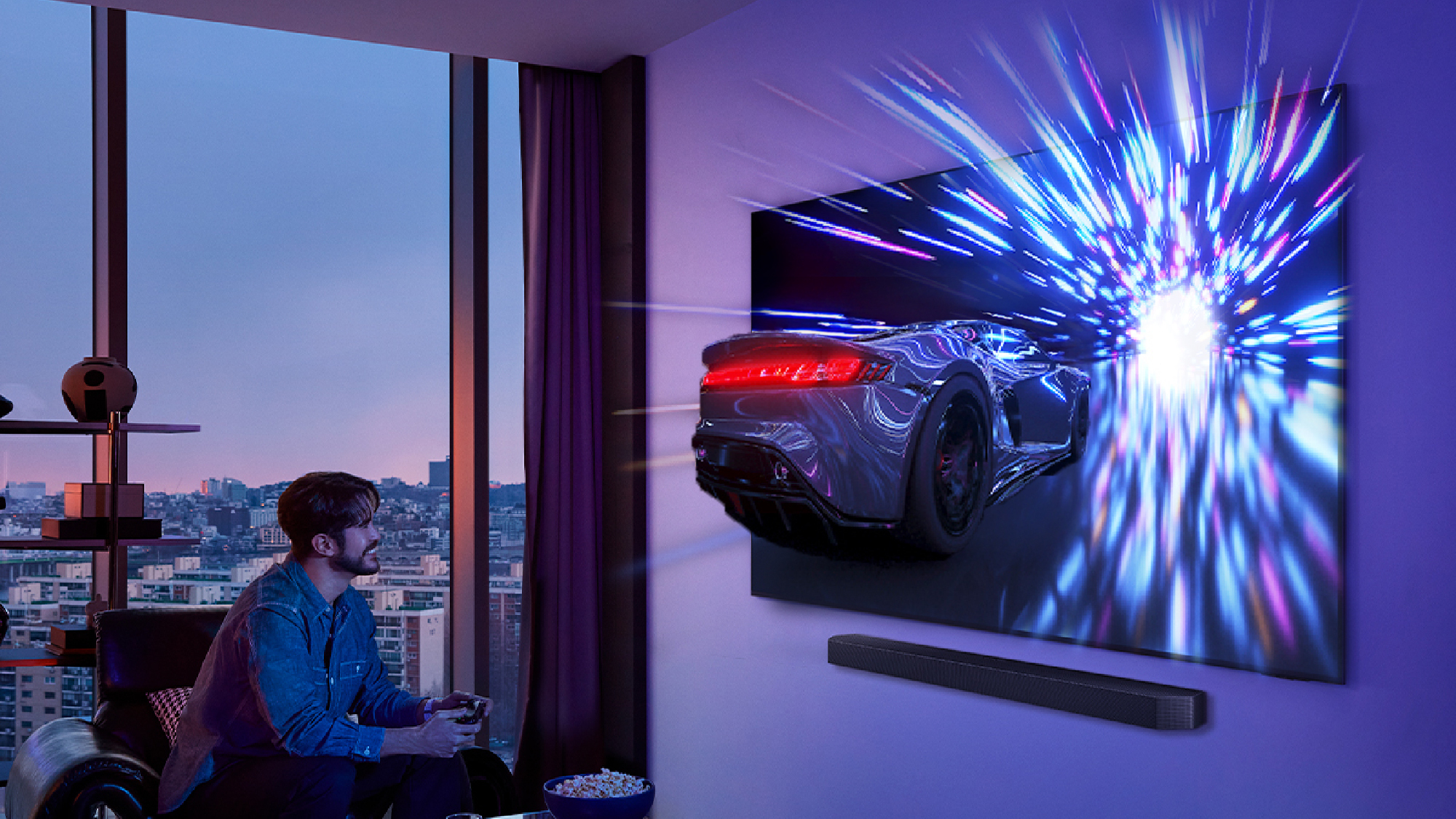Galaxy S10 Review Roundup: The Undisputed Android King
The reviews are in for Samsung’s new Galaxy S10. Here’s what people are saying about the new lineup of flagship phones.
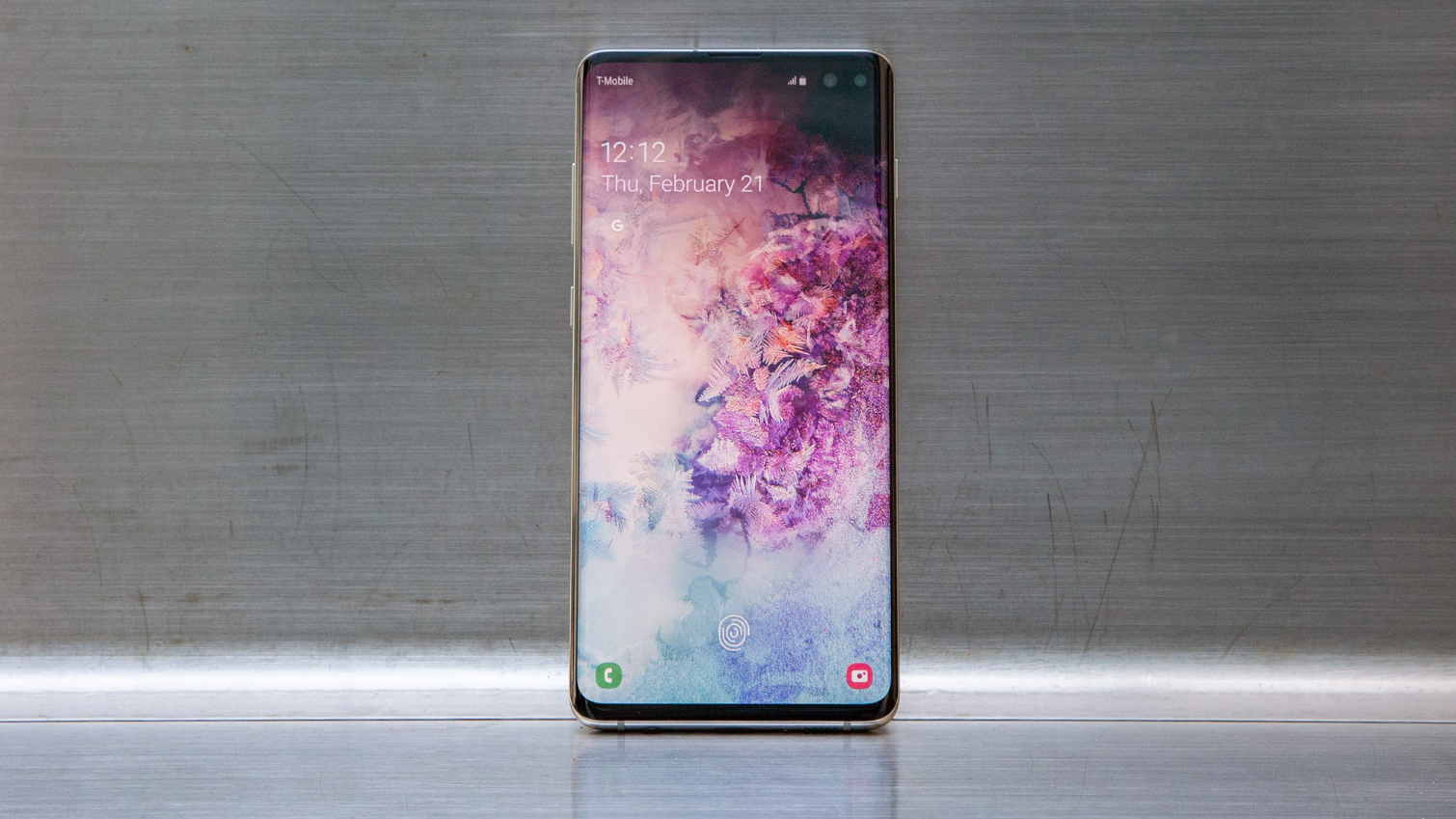
Samsung’s trio of Galaxy S10 phones lands in stores tomorrow (March 8). And while some people have likely pre-ordered their new phones, other may be holding out to see what reviewers have to say about the S10.
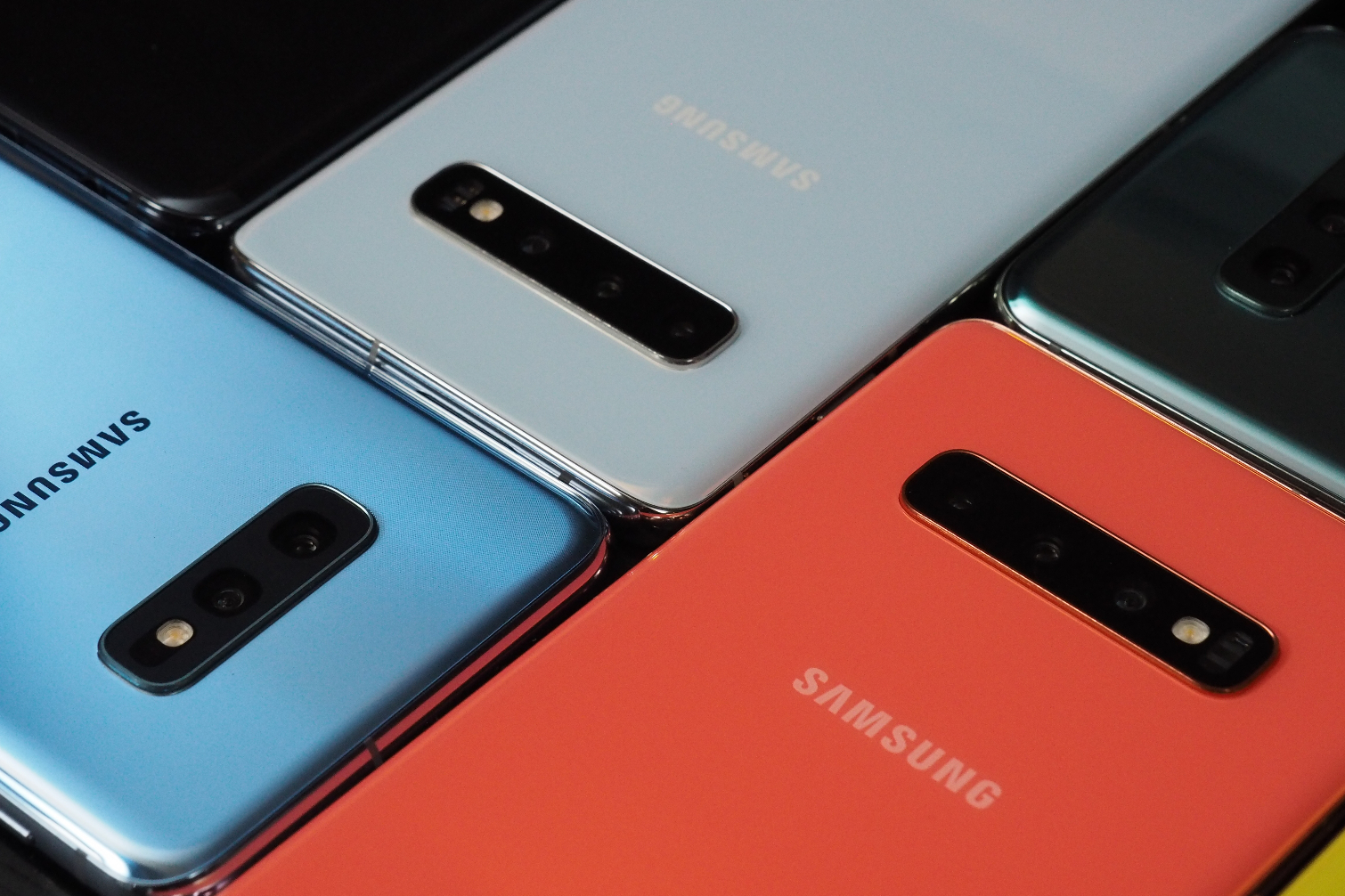
Fortunately, the tech press is happy to oblige, with some in-depth takes on the S10’s new Infinity O display, industry-leading Snapdragon 855 processor, in-screen fingerprint reader and triple-attack camera array. Most of the reviews so far have focused on the Galaxy S10 Plus — the biggest and most expensive addition to Samsung’s Galaxy S lineup — but the critiques should help you decide whether the any one of Samsung’s latest phones is worthy of your hard-earned money.
Tom’s Guide
Why you can trust Tom's Guide
Rating: 4.5/5
After spending some time with the Galaxy S10 Plus, Tom’s Guide Editor-in-Chief Mark Spoonauer had no problem lauding it as “the ultimate Android phone.” Battery life and performance were huge wins for the phone, with the S10 Plus lasting more than 12.5 hours in our battery test and producing the best benchmark numbers we’ve seen for an Android device. And even though the Google Pixel 3 still offers the best camera phone, the additional lenses on the back and front of the S10 Plus added real functional value.
The Good
“[The S10 Plus fingerprint reader] is plenty fast, as I never waited more than a second to log in … I also tried unlocking the Galaxy S10 with a wet finger; I ran my hand under the sink and then placed my thumb on the display and I unlocked the phone. The ultrasonic fingerprint reader even worked after I smushed some potato chip crumbs between my fingers.”
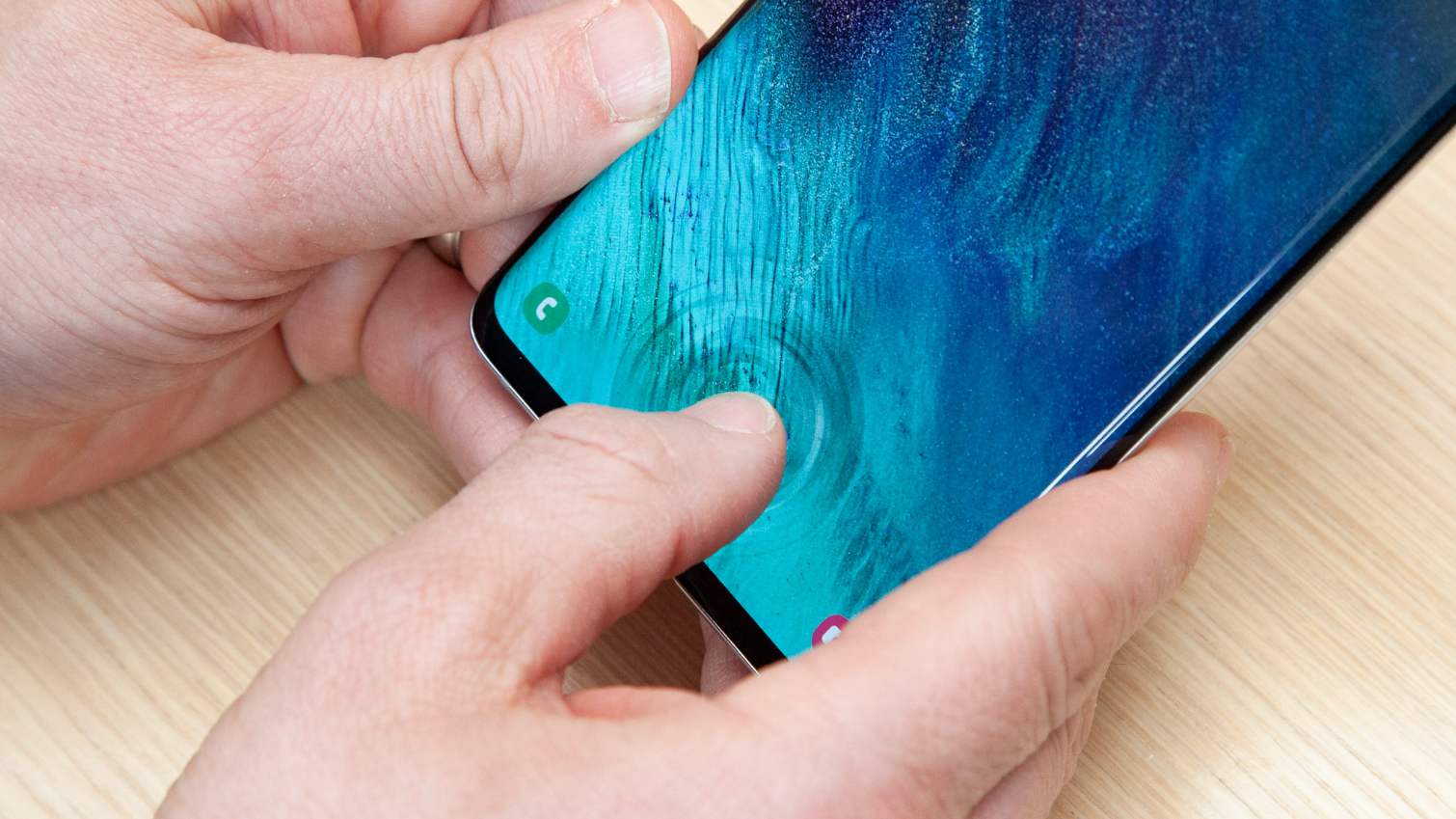
“As the first phone with Qualcomm’s 7-nanometer Snapdragon 855 processor in the U.S., the Galaxy S10 Plus is the fastest Android phone we’ve ever tested — even if the iPhone XS is faster in some tests.”
“The ultra-wide angle lens on the S10 Plus can produce dramatic-looking photos, giving you a more captivating view of almost any scene.”
The Bad
“Now that I’ve been living with the S10 Plus, I’d say that the [Infinity O] holes can be distracting, especially when you’re using an app with a white background like Gmail. It’s like two tiny eyes staring at you.”
“To see how well the Galaxy S10 Plus’s camera performs, we faced it off against the Pixel 3, and Google’s phone came out on top.”
“The new quad HD+ Dynamic AMOLED display on the Galaxy S10 Plus is indeed Samsung’s best display yet ... Still, in some ways we prefer the panel on the iPhone XS Max.”
MORE: Here Are the 10 Best Phones Available
CNET
Rating: 9/10
It’s only March, but CNET’s Jessica Dolcourt had no problem prognosticating that the Galaxy S10 Plus “will be one of the year's best phones.” Though her review knocked the handset’s camera for its low-light performance, there was plenty of praisefor the S10 Plus’s “phenomenal” AMOLED screen, “convenient” Wireless PowerShare and performance that’s “off the charts.”
The Good
“The screen itself is gorgeous, with a 6.4-inch AMOLED display and 3040 x 1440-pixel resolution. Outdoor readability is fantastic.”
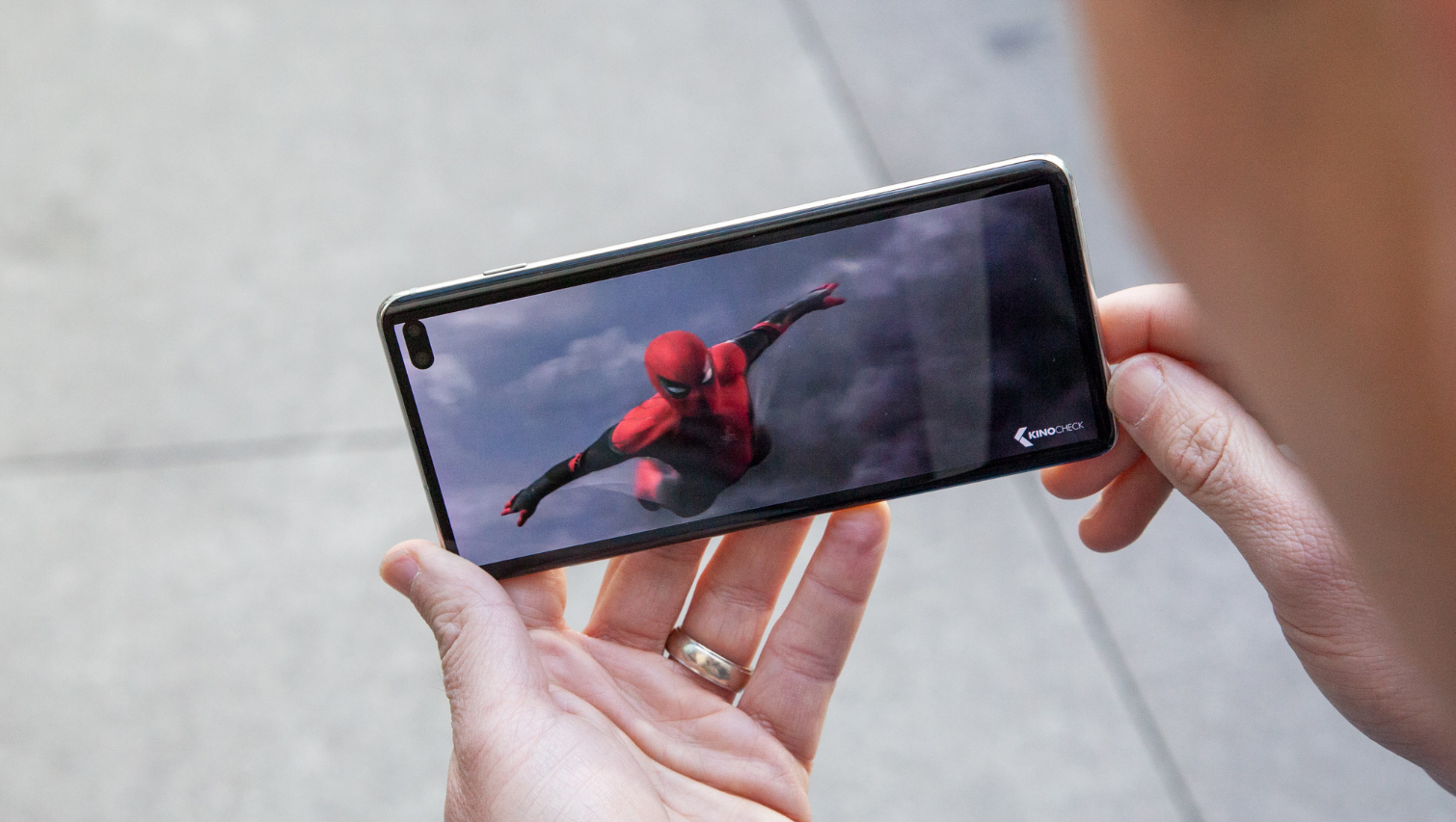
“Battery life is phenomenal on the Galaxy S10 Plus' 4,100-mAh ticker. I've used the phone for long days of uploads, downloads, maps navigation and tethering to my laptop as a mobile hotspot, an activity that's sure to suck much life out of my year-old Galaxy S9 Plus review phone.”
“I've already used [Wireless PowerShare] naturally twice ... The second time, my CNET en Español colleague Juan Garzón innocently asked how much battery life I had left, then asked if he could get a top-up. My battery drained from 57 percent to 30 percent, but he got from the low double digits back up to 30 percent, and both our phones still had hours of life to go.”
The Bad
“[The ultrasonic fingerprint reader] seems to work best the more deliberate you are about the placement of your thumb. It'll take a solid second to unlock, and you need to make sure you're actually pressing the screen, not just skimming it.”
“In general, low-light photography isn't getting the boost I really wanted. Most low-light performance is the same as on the Galaxy S9, and I'm really missing the dramatic results of Google and Huawei's phones. It's very clear in side-by-side comparisons that the S10's shots are on average mushier than on those competitor phones.”
“There's no more iris scanning, which was a signature feature since the Galaxy S7. That's an odd move for Samsung, which is typically a fan of More Features. You will still have Android's built-in face unlock, but I don't recommend using it because it isn't secure enough for mobile payments.”
The Verge
Rating: 8.5/10
The Verge’s Dan Seifert spent a lot of his S10 Plus review comparing Samsung’s latest Galaxy to the iPhone. What he found in Samsung’s latest was a finicky fingerprint reader that falls to Face ID, a hole-punch screen that looks worse than the iPhone’s notch and an unnecessarily divergent version of Android that gets updates at a much slower rate than iOS. Still, Seifert admitted the S10 is “the flagship 2019 Android phone more people will buy than any other.”
The Good
“The best way to describe [the S10] is refined: plenty of phones have curved screens, glass backs, and metal frames, but few feel this nice to hold or well put together. Samsung is now on Apple’s level when it comes to fit, finish, and feel, and well ahead of Google, OnePlus, and other Android device makers.”
“This [camera] system gives you a level of versatility you just can’t match with an iPhone or Pixel — you can go from super wide shots all the way to portrait close ups with just the press of a button on the screen. It’s like having a whole camera bag full of lenses built right into your phone.”
“Apps open without hesitation, scrolling is very smooth, and the S10 never feels like it’s getting bogged down or overwhelmed. It’s hard to quantify this, but the user interface feels more refined than a OnePlus 6T or other high-end Android phones.”
The Bad

“The off-center look of the hole-punch design just looks worse to me ... A notch design has similar compromises, but it’s at least symmetrical: notifications and clock are on the left, battery and network indicators are on the right.”
“Here’s my feedback to Samsung: go copy Apple’s Face ID system. It’s far easier and more reliable to use than the S10’s nifty-looking but ultimately disappointing in-screen fingerprint scanner.”
“Sure, the screen is bigger and there are some incremental advancements in performance and battery life, but an S10 is not going to change much for you if you have a Galaxy S8 or S9.”
Gizmodo
Rating: None provided
Sam Rutherford at Gizmodo laid on more overall praise on the S10 Plus than most reviews, calling the phone “an Android champ to get excited about." Though Rutherford joined others in saying the Pixel 3’s camera still tops the triple lenses on the S10 Plus, he had specific praise for the new phone’s Infinity O screen design and “stupidly good” battery life.
The Good
“Everything about the S10's aesthetics is on point. Samsung’s new Infinity-O punch-hole selfie cameras are a sleeker, less distracting version of last year’s notches. Samsung also tweaked the aluminum chassis that holds the phone together, so that it’s more comfortable to grip.”
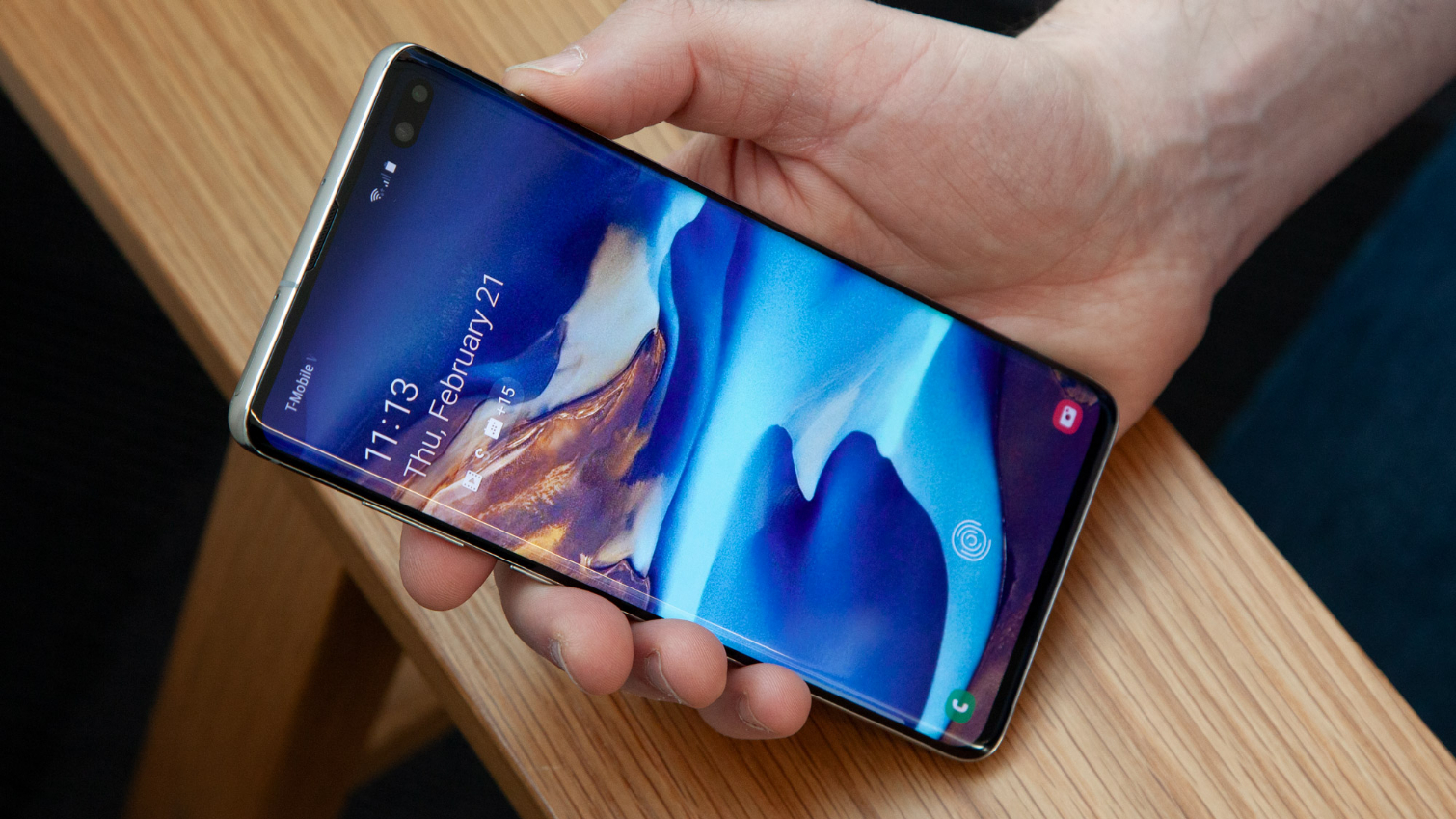
“Packing a Qualcomm 855 chipset, 8GB of RAM, and 128GB of storage standard, the S10 posted benchmarks 15 to 25 percent higher than even the fastest last-gen Android handsets. That bump might not be something everyone notices on its own, but working in tandem with Samsung’s OneUI skin for Android 9, the S10 feels significantly speeder and more responsive than the S9.”
“I was hard on Samsung at the end of last year, but with good reason. As good as the S9 is, as the world’s biggest smartphone producer, I felt like Samsung could do even better. And with the Galaxy S10, Samsung has delivered.”
The Bad
“If image quality is the only thing you care about, in certain situations, the S10's cameras fall short of what the Pixel 3 can deliver.”
“With a display that can push at over 1,200 nits in certain circumstances … the S10 has the uncanny ability to make all your homegrown content pop on screen better than anything the iPhone XS or Pixel 3 can manage. In some ways, it’s a subversive trick, because it tends to make content appear more vibrant when viewed on the S10's screen than it might appear on other devices.”
“The biggest thing stopping anyone from picking up the S10 is price, because starting at $900 for the regular S10, that’s a lot of money to throw down on a phone.”
New York Times
Rating: None provided
“A $1,000 smartphone with compromises” is how the Brian X. Chen describes the S10 Plus in the New York Times. Though his review gives kudos to the phone’s “impressive” wide-angle lens and “sharp, rich” display, Chen marks his disappointment that the high-priced Android handset lacks an iPhone Face ID comparable.
The Good
“[An] ultrawide shot showed my dogs running alongside a pond and the surrounding trees, blue sky and grass fields. The details of the ripples in the lake and the clouds in the sky looked stunning.”
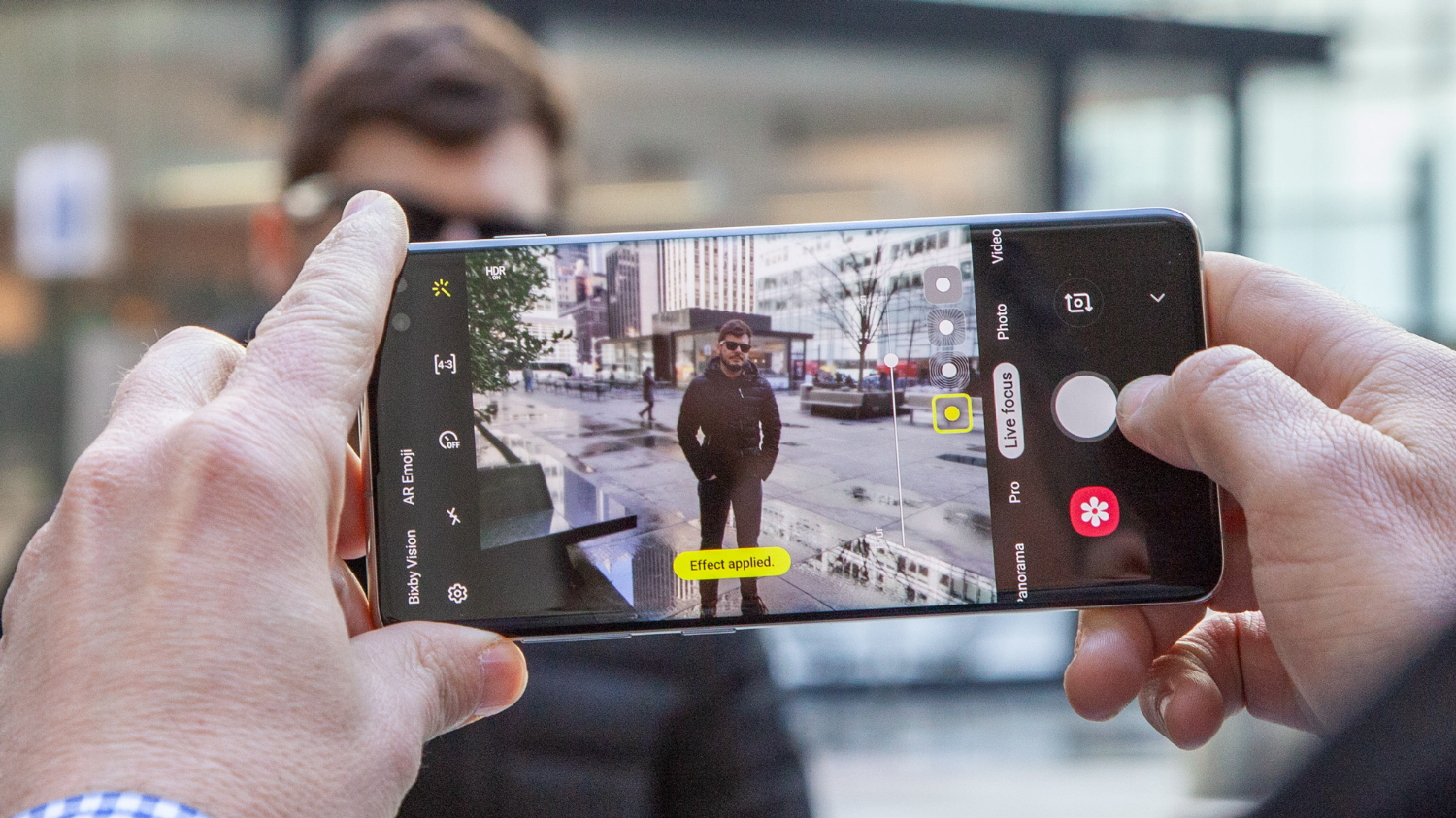
“As for the battery, the Galaxy S10 Plus had such long battery life that by bedtime after a busy day, the device still had about 25 percent of juice remaining.”
“The new Samsung device’s 6.4-inch screen is on a par with the 6.5-inch screen on Apple’s iPhone XS Max and the 6.3-inch display on Google’s Pixel 3 XL. All produce sharp, rich images with accurate colors and excellent shadow detail.”
The Bad
“My bumpy experience with the [finger]print sensor firmed up one conclusion: Face recognition is a more convenient method for unlocking phones, and Samsung is behind Apple in this area.”
“I stacked my iPhone and the Galaxy S10 Plus back to back, and it took the Samsung about 15 minutes to replenish 5 percent of the iPhone’s battery. That’s a slow charge rate, though Samsung said the feature was primarily intended for charging accessories like wireless earbuds or smart watches.”
“I tried Samsung’s face recognition feature. When you set it up, Samsung shows a warning that face recognition is less secure because someone who looks like you or uses an image of you could unlock the phone. After taking a photo of my face, the feature was quick to detect my mug and unlock the phone, but it did not instill me with much confidence.”
Wall Street Journal
Rating: None provided
Wall Street Journal’s David Pierce exclaims that Samsung “finally gets everything right” with the S10, referencing the company’s improved Galaxy smartphone software to match its often-solid hardware. Pierce also declares that the S10 Plus has a “fast and reliable” fingerprint reader and a camera that lands delightfully in between the “dark or colorless” iPhone and “overprocessed” Pixel 3 shooters.
The Good
“Recent iPhones and Pixel phones have had a notch in their front display where all of the cameras go. Samsung took a classier approach, punching a hole in the display.”
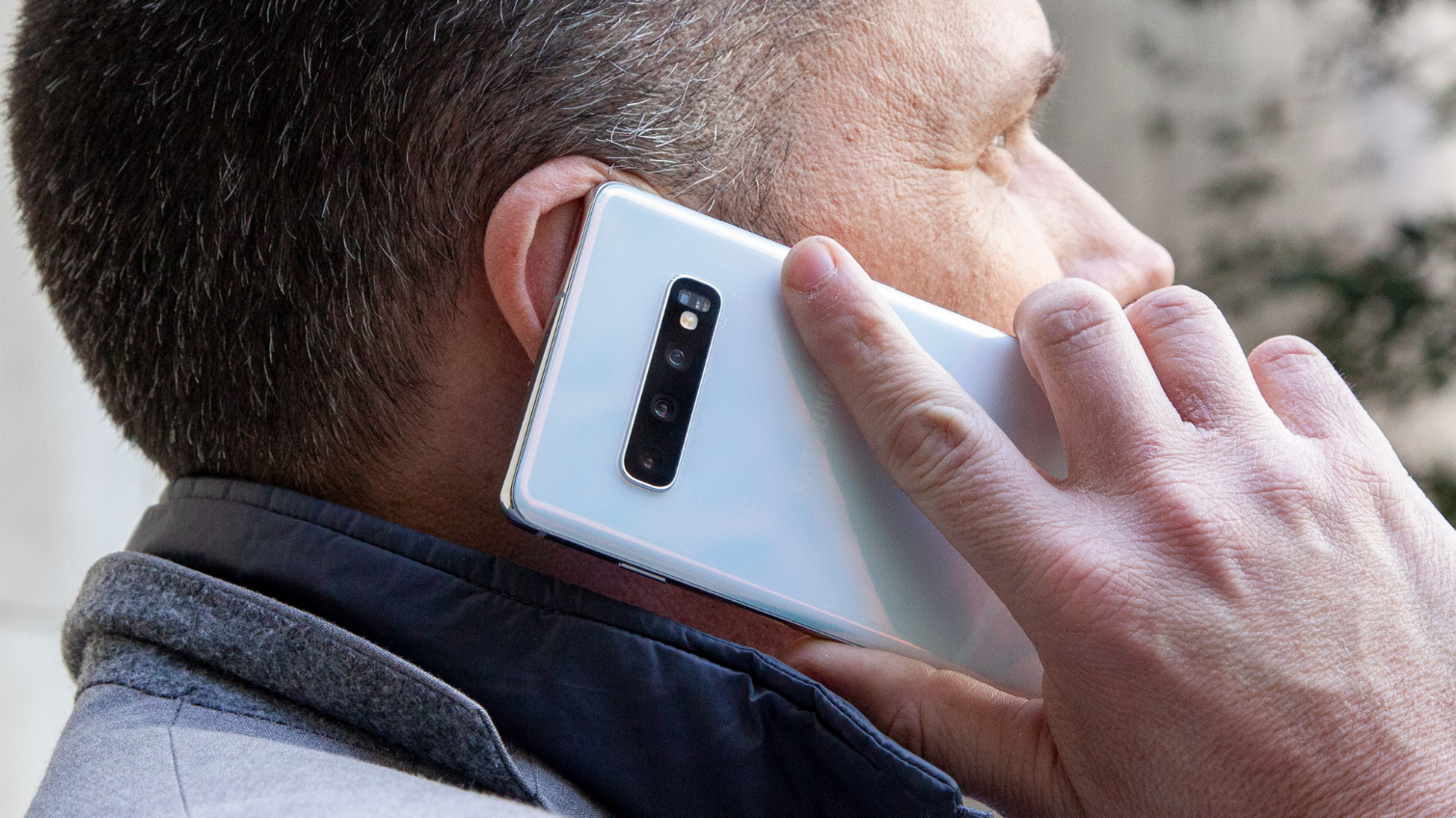
“This is the first time I’ve ever liked Samsung software. Before, I merely tolerated it.”
“After a week of testing, I recommend the S10 to anyone looking for a new Android phone. It’s not “a good phone, once you figure it out” or “a good phone, as long as you ignore all the bloops and weird gestures.” It’s just a good phone.”
The Bad
“You can use facial recognition, too, though it’s less secure than Apple ’s Face ID — I was able to unlock my phone by pointing it at a photo of myself. Since thumb and face recognition are useful in different situations, I want a phone that does both. Securely.”
“Superwide photos do come with a bit of a fisheye effect. Things just seem psychedelically rounded.”
“The S10 Plus offers a second lens on the front. It’s not a camera but a depth sensor, capturing 3-D data so the phone can add the same artfully blurred background to shots that other cameras do. I found the system didn’t work very well, often blurring too much or missing part of my face. I’ll stick to regular selfies, which the S10 handles well.”
Image Credits: Tom's Guide
More Galaxy S10 Coverage
Sign up to get the BEST of Tom's Guide direct to your inbox.
Get instant access to breaking news, the hottest reviews, great deals and helpful tips.
Daniel Bean is a freelance writer with years of experience whose articles have appeared in Tom's Guide. He has previously worked for LinkedIn, Yahoo News, and the Observer, as well as TripleByte, Circa, Inverse, CBS, and ABC. Currently, he is full-time content lead for Mixpanel's blog, The Signal, writing about innovators and analytics.
